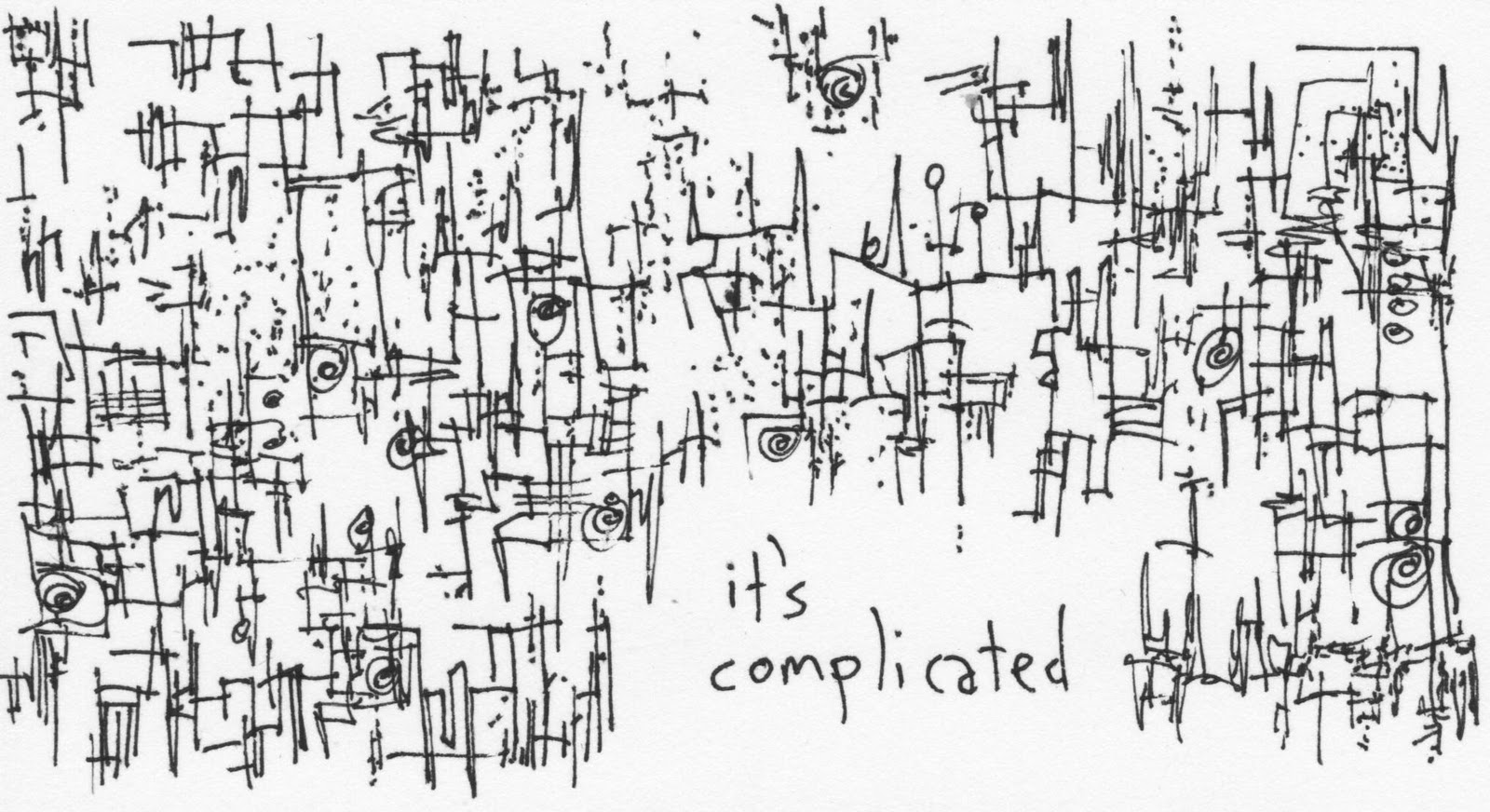
Technologies and Globalization have opened up new markets and enabled new competitors. Options to choose from abound, Clients are harder to satisfy and more demanding than ever.
Each day competitive advantage seems more receding and transitory. Even if you can figure out the right approach to take, what works today probably won’t work tomorrow.
But complexity is not a bad thing—it could bring opportunities as well as challenges. The problem is the way companies attempt to respond to it.
To conciliate their many conflicting goals, managers redesign the organization’s structure, performance measures, and incentives, trying to align employees’ behaviour with shifting external challenges. More layers get added, more procedures enforced.
Then, to appreciate the implementation of those “hard” changes, companies introduce a variety of “soft” initiatives aimed to infuse work with positive values and create a workplace where interpersonal relationships and collaboration will flourish.
This complicatedness involves a weighty price.
Employees are often used badly and wasting their time in vain or they are so disengaged that their productivity is often disappointing.
Companies clearly need a better way to manage complexity.
It does not involve attempting to impose formal guidelines and processes on employees; rather, it implies creating an environment in which employees can work with one another to develop creative solutions to complex challenges without structural and procedural complicatedness.
The solution is simply: promoting the connections, the interaction, the synapses. How the various actors work together acting not on the skeleton of the organization but on the nervous system.
This is the cooperation, in other words. Whenever people cooperate, they use fewer resources.
Cooperation is a beautiful concept that we often hear, but it is not measured and it is difficult to understand where to promote it within larger organizations.
A starting point exists. It’s called HOW4 – How Organizations Work.
It is a powerful approach that builds organizational network maps offering insights concerning cooperation gaps and identifying the talents that really make the difference.
A web based survey that consists of just 4 questions generates more than 25 dynamic indices and rich visualizations that managers can explore.
Thanks to HOW4 you can analyze the cooperation health of your organization, optimize team performance, employee involvement and plan organizational and leadership development.

